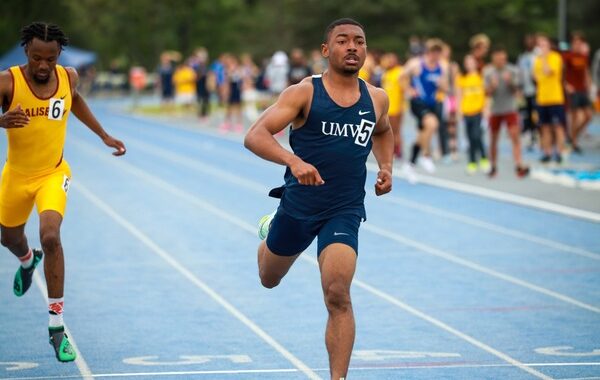Limited building hours cause frustration to students
3 min read
http://buildings.umwblogs.org/
By COLLEEN SULLIVAN
Late study nights are a hallmark of the average college student’s lifestyle. At the University of Mary Washington, there are many resources available for students whose studies flourish after dusk. The Hurley Convergence Center for example, is open 24 hours a day and the Simpson Library operates into the evening most days. In spite of the abundance of online resources available at both of these facilities, there are some programs that are specific to academic buildings. In Trinkle Hall, for instance, there are computer science programs, like RStudio, and in Combs Hall there are language audio files.
For the past two years, there have been meetings regarding the hours of academic buildings and these will continue through the summer. The current times are not set in stone. This newly enforced closing procedure is spurred by a desire to protect students and the equipment that the buildings hold, while still promoting a versatile academic environment for students to work in.
This separation of vital resources causes quite a hassle for students once the building closes, which generally happens at 10 p.m.
Freshman Katie Wells talked about where she tends to study, saying, “The HCC and Simpson library are great resources, but sometimes they can be busy… I prefer studying in Woodard.”
In her case, Woodard Hall isn’t open as much as the HCC and the library. During this semester, the prompt closure of buildings has been enforced more than it has in the past.
Chief of Police Michael Hall has avidly attended the meetings regarding the hours of academic buildings. Hall does not control the building hours, but when he feels it is prudent during a meeting, he offers his opinion on the matter.
“There must be a balance of the safety of the campus and the education of students,” said Hall, who says he holds himself personally accountable for the safety of each student. “Safety comes first and foremost.”
Ensuring safety is an important aspect to consider, especially since past occurrences have prompted the need for more secure buildings. Unlocked doors cause a building to become susceptible to burglary, grand larceny, vandalism, property damage and, on occasion, homeless people staying overnight. Though some students see locked buildings as a hindrance, the payoff is a safe and secure campus.
Oftentimes, professors file a request with the police station to allow certain students to be admitted into academic buildings past closing hours. Freshman Noah Carpenter takes a linear algebra class and needs the Lab R9 software so that he can complete his quizzes. This program cannot be installed on Mac computers, so he must go to the lab in Trinkle Hall to use it.
“Some of my classmates have such busy schedules that they have no choice but to go to the lab at night,” Carpenter said. Since the professor has submitted a request to allow the students inside, anyone in the class can call the police station and give the appropriate information to gain entrance. Carpenter notes that if this program was available at the HCC, he would readily take advantage of the convenience.
“It would be easier to find time to go to the HCC rather than the lab, and there also wouldn’t be a need to contact the police,” Carpenter said.
In the past, Trinkle Hall was open 24 hours a day. This is no longer in effect since the construction of the HCC made it unnecessary to duplicate services. The HCC was originally devised as “a place where a variety of technology, information, and teaching resources will come together.” This mission remains true in a variety of ways, such as the addition of the Writing and Speaking Centers, the computers available on the first and second floors, and the conference rooms for group meetings.
Considering the sheer amount of resources available for students in the $27 million facility, it doesn’t seem infeasible for specialty computer programs, which are currently scattered throughout other campus buildings, to be consolidated there. The HCC is open 24/7 and security officers are stationed there each evening, making it one of the safest places for students to study at night, especially compared to an empty academic building.
Although most buildings on campus are oriented towards education, the HCC and Simpson Library are specifically designated for both individual or group learning. The merging of all computer programs into these buildings could improve the safety of students and foster a more flexible learning environment than before.












Actually it is pretty unfeasible. The software (AutoCAD, Photoshop, InDesign etc) that we use in Historic Preservation- and found only in Combs- is so expensive that our own lab doesn’t even have enough for all of the computers that we use for some of them, let alone computers in other buildings. A lot of these software programs are sold by licenses, meaning each separate computer has to have its own license, and unless UMW is willing to start shelling out $$$THOUSANDS$$ – which I assure you, they are NOT – consolidation is wishful thinking.